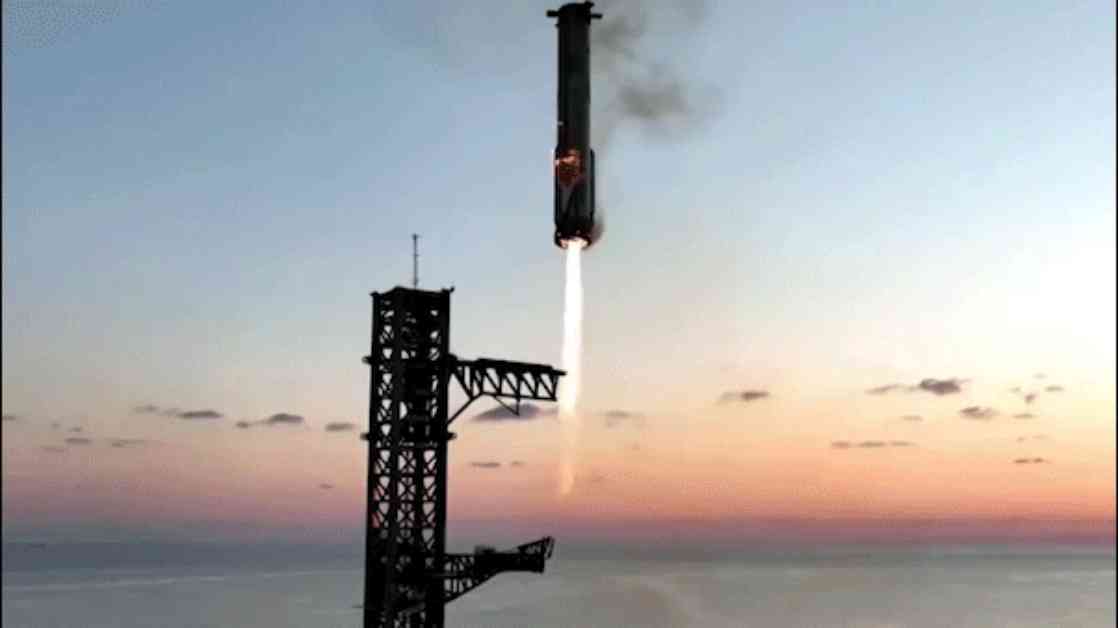SpaceX recently achieved a remarkable milestone by conducting four rocket launches in under 40 hours across three different states. The first launch took place in Texas, where the massive Starship rocket took off and successfully landed back at the launch pad with the help of metal arms. This achievement was hailed as a significant step towards Elon Musk’s goal of making life multiplanetary.
The Starship rocket, powered by 33 methane-fuel engines, reached an altitude of over 130 miles before landing in the Indian Ocean. Following this success, a NASA spacecraft was launched aboard SpaceX’s Falcon Heavy rocket from the Kennedy Space Center in Florida, heading towards Jupiter and its moon Europa. The spacecraft, known as the Europa Clipper, aims to explore beneath Europa’s icy surface to assess its potential to support life.
The following day, SpaceX launched two Falcon 9 rockets – one from Florida and another from California – carrying numerous Starlink satellites into orbit. The launch from Cape Canaveral marked SpaceX’s 100th launch of the year, demonstrating the company’s rapid pace in space exploration.
These series of launches showcase SpaceX’s capabilities and advancements in the field of space exploration. With the successful deployment of satellites and missions to explore distant planets and moons, SpaceX continues to push the boundaries of what is possible in space technology.
As SpaceX continues to break records and achieve new milestones, the future of space exploration looks promising. With ambitious goals of colonizing Mars and expanding human presence beyond Earth, SpaceX’s endeavors are laying the foundation for a new era of space travel and discovery.




